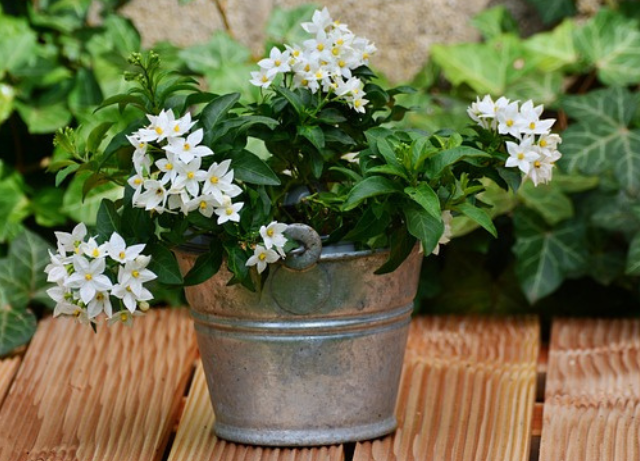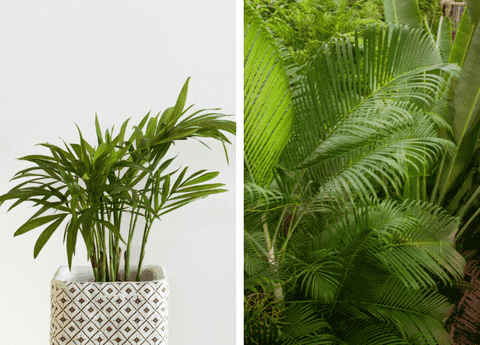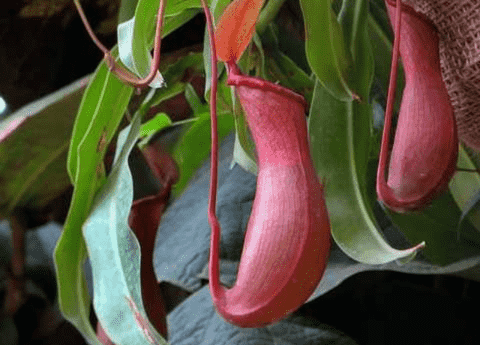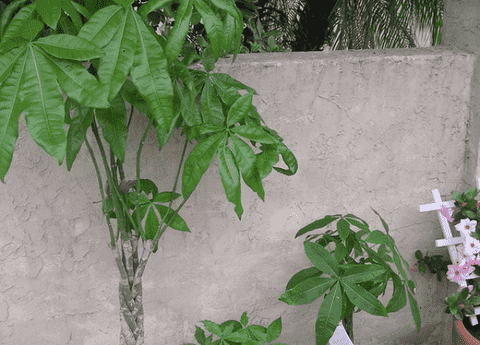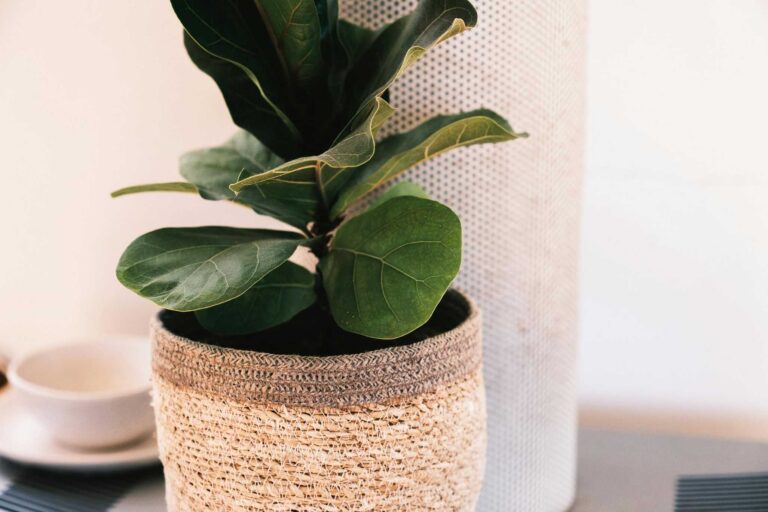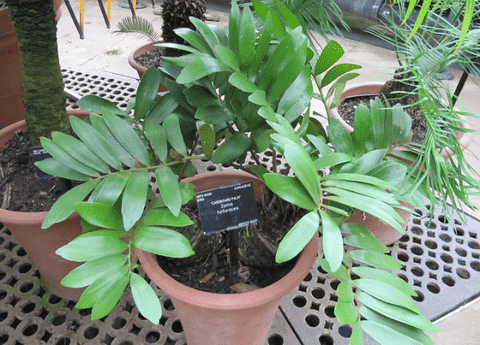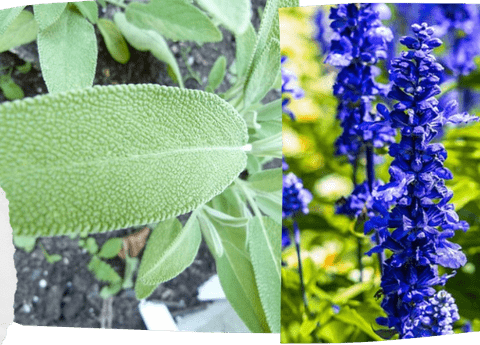Jasmine Plant Care: a guide for Grow Jasmine plants
Caring for jasmine plants can bring a touch of elegance and a delightful fragrance to any garden. These versatile plants, known for their beautiful, fragrant flowers, can thrive both indoors and outdoors under the right conditions. Whether you’re a seasoned gardener or just starting out, understanding the specific needs of jasmine plants is crucial to ensuring their healthy growth. In this guide, we will cover essential tips and techniques for growing and maintaining jasmine plants, helping you create a thriving and aromatic garden space.
Introduction to Jasmine Plants
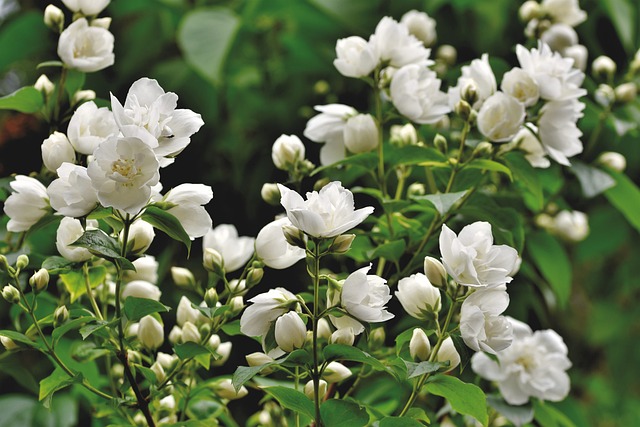
Why Choose Jasmine?
Jasmine plants are a popular choice among gardeners for several reasons. First, their aromatic flowers can fill any space with a sweet, lingering fragrance, making them ideal for creating a serene and inviting atmosphere. Additionally, jasmine plants are visually appealing, with delicate white or yellow blossoms that can enhance the aesthetic of any garden or indoor space. These plants are also quite versatile; they can be grown in pots, as ground cover, or even as climbing vines. Moreover, jasmine plants are relatively low-maintenance once established, requiring minimal care compared to other flowering plants. Their adaptability to different growing conditions makes them suitable for a variety of climates, further broadening their appeal. Choosing jasmine can add both beauty and fragrance to your gardening experience, making it a worthwhile addition to any garden.
Types of Jasmine Plants
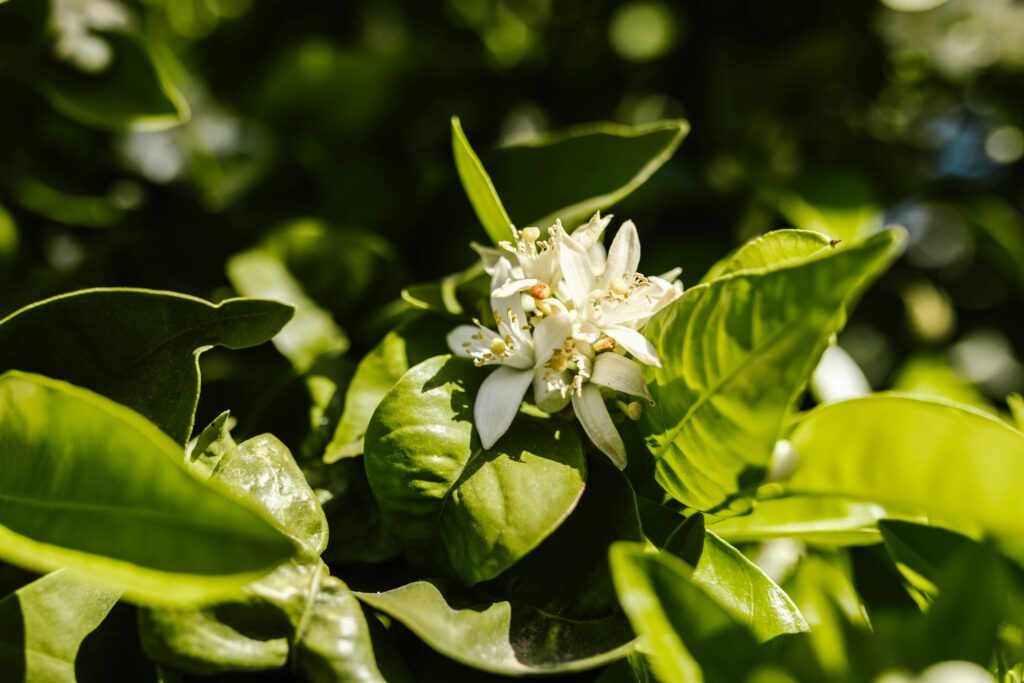
There are several types of jasmine plants, each with unique characteristics and growing requirements. Common Jasmine (Jasminum officinale) is renowned for its strong fragrance and is often used in perfumes and teas. Arabian Jasmine (Jasminum sambac) features smaller, more intensely fragrant flowers and is the national flower of the Philippines and Indonesia. Winter Jasmine (Jasminum nudiflorum) stands out for its ability to bloom in colder temperatures, producing bright yellow flowers even in winter. Another popular variety is the Star Jasmine (Trachelospermum jasminoides), which is technically not a true jasmine but shares similar fragrant qualities and is favored for its hardiness and climbing ability. Each type offers different visual and aromatic benefits, so choosing the right jasmine plant depends on your specific preferences and growing conditions. Understanding these varieties can help you select the best jasmine for your garden or indoor space.
Ideal Growing Conditions
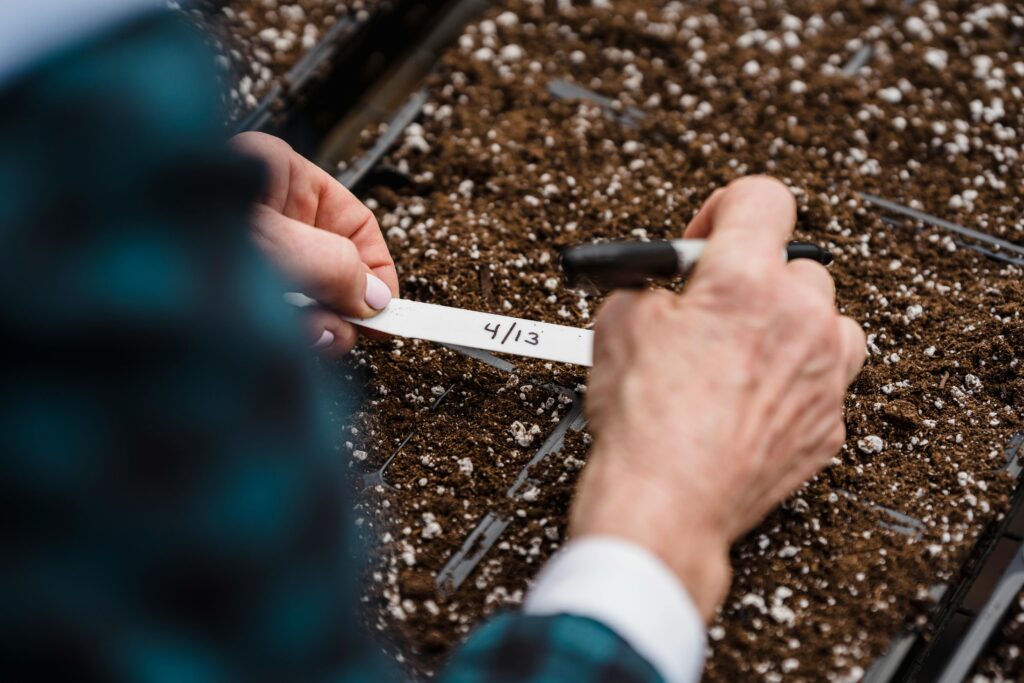
To ensure healthy growth and abundant blooms, jasmine plants require specific growing conditions. These plants thrive in well-draining soil enriched with organic matter. It’s crucial to plant jasmine in a location that receives plenty of sunlight; ideally, they should get at least 6 hours of direct sunlight daily. However, some varieties can tolerate partial shade. Temperature is another important factor; jasmine plants generally prefer warm conditions and should be protected from frost. If you live in a cooler climate, consider growing jasmine in pots that can be moved indoors during colder months. Additionally, jasmine plants need moderate humidity levels to flourish, so occasional misting or placing a humidity tray nearby can be beneficial. Proper watering is essential, too—keep the soil consistently moist but avoid waterlogging. Understanding these ideal growing conditions will help you create an environment where your jasmine plants can thrive.
Planting Jasmine
Selecting the Perfect Spot
Choosing the right location for planting jasmine is crucial for its growth and overall health. Jasmine plants need a place that receives ample sunlight, ideally 6 to 8 hours a day. A south-facing spot can offer the optimal light conditions these plants crave. It’s also important to consider the soil quality; jasmine thrives in well-draining soil rich in organic matter. If you’re planting jasmine as a climbing vine, ensure there is a sturdy structure nearby, like a trellis or fence, to support its growth. For indoor jasmine, place the pot near a window that gets plenty of sunlight but is shielded from drafts. Additionally, consider the airflow around the plant; good circulation helps prevent fungal diseases and pest infestations. By carefully selecting the perfect spot, whether indoors or outdoors, you can set your jasmine plant up for a thriving, fragrant future.
Soil Preparation Tips
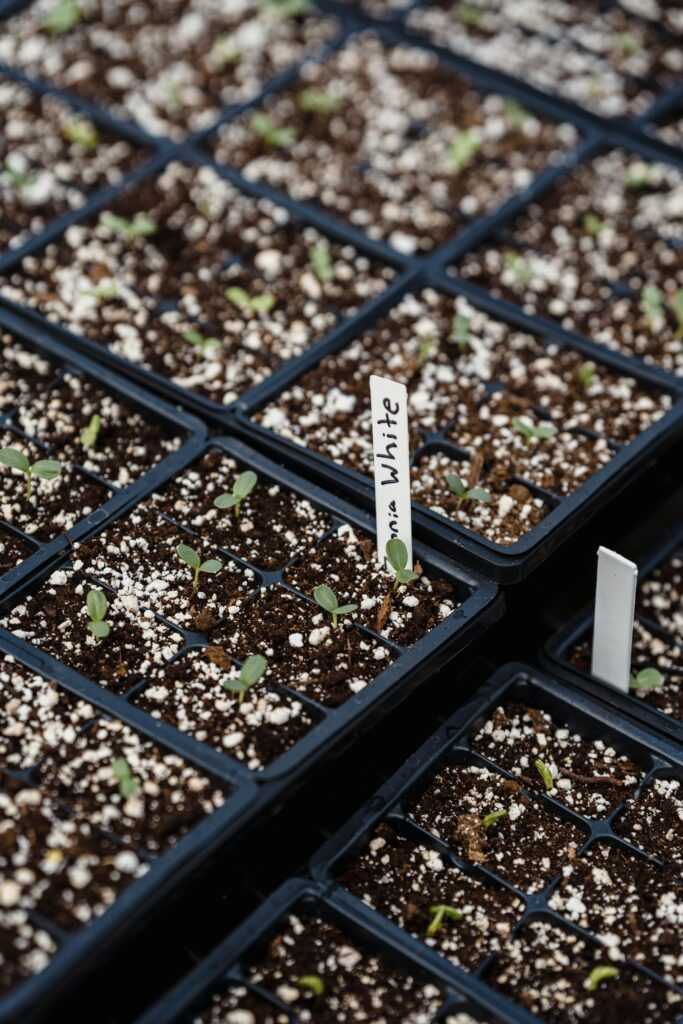
Proper soil preparation is key to the successful growth of jasmine plants. Start by selecting well-draining soil to prevent root rot. Adding organic matter, such as compost or well-rotted manure, can enhance soil fertility and improve its structure. This organic enrichment provides essential nutrients that support robust growth and abundant flowering.
Before planting, loosen the soil to a depth of about 12 inches to encourage root penetration and aeration. It’s also beneficial to check the soil pH; jasmine plants prefer slightly acidic to neutral soil, with a pH range of 6.0 to 7.5. If your soil is too alkaline, you can decrease the pH by incorporating sulfur or peat moss.
For potted jasmine, use a high-quality potting mix that includes perlite or vermiculite to enhance drainage. By preparing the soil correctly, you’ll create an optimal growing environment that promotes healthy, vibrant jasmine plants.
Planting Steps
Planting jasmine involves a few straightforward steps to ensure your plant gets off to a strong start. Begin by digging a hole that is twice the width and the same depth as the root ball of your Jasmine Plant. This allows the roots to spread out effortlessly. Before placing the plant in the hole, gently loosen the roots to encourage outward growth.
Next, position the jasmine plant in the hole, ensuring the top of the root ball is level with the surrounding soil. Fill the hole halfway with the prepared soil, then water it to settle the soil and eliminate air pockets. Once the water has drained, fill the rest of the hole with soil and gently firm it around the base of the plant.
After planting, water the jasmine thoroughly to help it establish in its new location. Adding a layer of mulch around the base can help retain moisture and stabilize soil temperature. Following these planting steps will set the stage for healthy jasmine growth.
Caring for Your Jasmine
Watering Guidelines
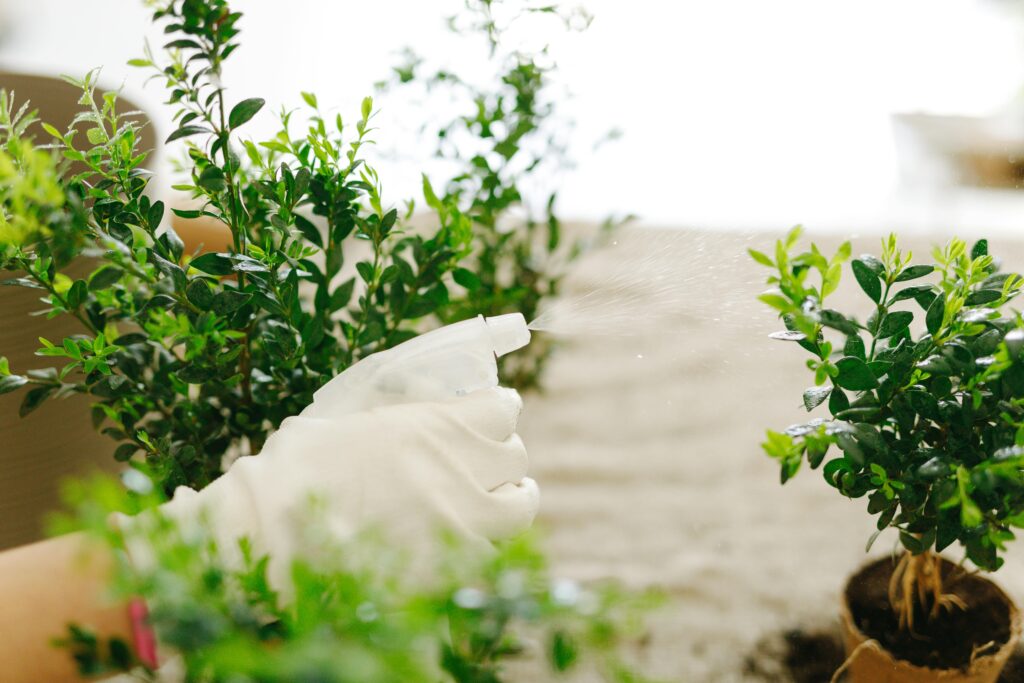
Proper watering is essential for the health and vitality of jasmine plants. These plants prefer consistently moist soil, but it’s crucial to avoid waterlogging, which can lead to root rot. During the growing season, typically spring through fall, water your jasmine plant regularly to keep the soil evenly moist. A useful guideline is to water when the top inch of soil feels dry.
In hotter climates or during dry spells, you might need to water more frequently. For potted jasmine, ensure the container has drainage holes to prevent excess water accumulation. During the winter months, when the plant’s growth slows down, reduce watering. Morning is the best time to water jasmine, as it allows the foliage to dry out during the day, reducing the risk of fungal diseases. By following these watering guidelines, you can help your jasmine plant thrive and produce abundant, fragrant blooms.
Pruning Techniques
Pruning is vital for maintaining the shape, health, and flowering potential of jasmine plants. The best time to prune jasmine is right after it finishes blooming. This timing allows the plant to recover and set buds for the next flowering season. Begin by cutting away any dead, damaged, or diseased branches to enhance air circulation and minimize the risk of pests and diseases.
Next, trim back overgrown or leggy stems to encourage bushier growth. For climbing jasmines, pruning helps control their size and directs their growth along trellises or fences. Use clean, sharp pruning shears to make clean cuts just above a leaf node or bud, which promotes new growth.
If your jasmine plant becomes too dense, thin out some interior branches to allow light to penetrate and air to circulate. Regular pruning keeps your jasmine plant looking tidy and ensures robust blooms in the following season. By following these pruning techniques, you can help your jasmine plant thrive.
Pest and Disease Management
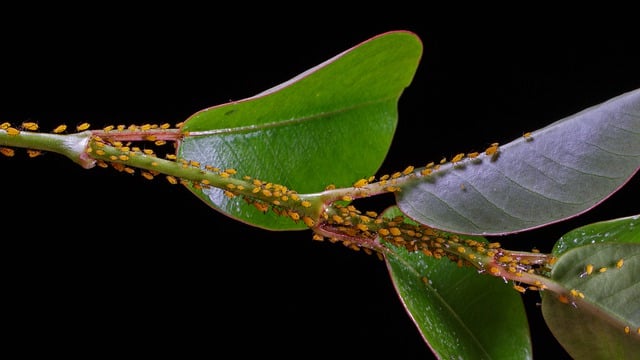
Effective pest and disease management is crucial for keeping your jasmine plants healthy. Common pests that affect jasmine include aphids, spider mites, and whiteflies. Routinely inspect your plants for signs of infestation, such as discolored leaves or sticky residue. If you spot any pests, you can remove them manually or use insecticidal soap or neem oil as a natural treatment.
Diseases like powdery mildew and root rot can also afflict jasmine plants. Powdery mildew appears as a white, powdery coating on the leaves and can be treated with fungicidal sprays or by improving air circulation around the plant. Root rot typically occurs due to excessive watering and inadequate drainage. To prevent it, ensure the soil has good drainage and avoid water accumulation.
Maintaining good hygiene by removing fallen leaves and debris can also reduce the likelihood of pests and diseases. By diligently managing pests and diseases, you can ensure your jasmine plants remain vibrant and healthy.

